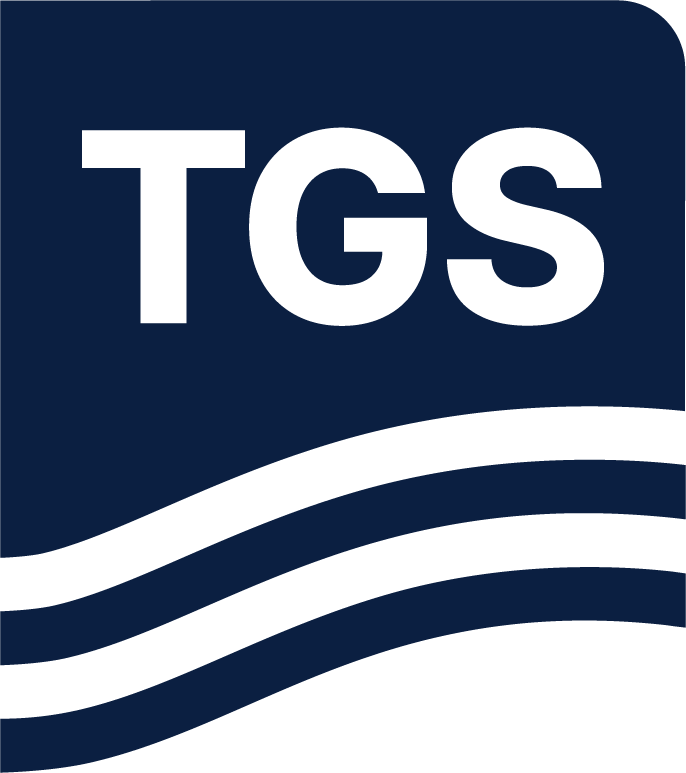Paper Summary
Seismic modelling constitutes an important part of seismic exploration and field development workflows as it helps geophysicists better understand data, models and algorithms through controlled seismic experiments. These are of great value both for reducing risks in exploration and increasingly for providing the highest quality datasets for use in field development and maximizing recoverable reserves. Both incremental and step-change advances in acquisition, processing and model-building technologies have been preceded by well-designed seismic
modelling studies. Much wave equation and Reverse Time Migration (RTM) research and development has been done using the SEG/EAGE 2D and 3D synthetic salt models. BP’s modelling and illumination work for Mad Dog and Atlantis fields in the Gulf of Mexico led to the development of both the Wide Azimuth Towed Streamer (WATS) and Wide Azimuth (WAZ) node-based acquisitions. These new generation 3D marine acquisition geometries provide better azimuthal sampling leading to improved multiple suppression, enhanced illumination (Regone, 2007), and better tomographic model update. Anisotropic salt models presented by Billette and Brandsberg-Dahl (2005) were used for benchmarking VTI anisotropic velocity inversions and migrations, showing the benefits of steep dip imaging with RTM.

